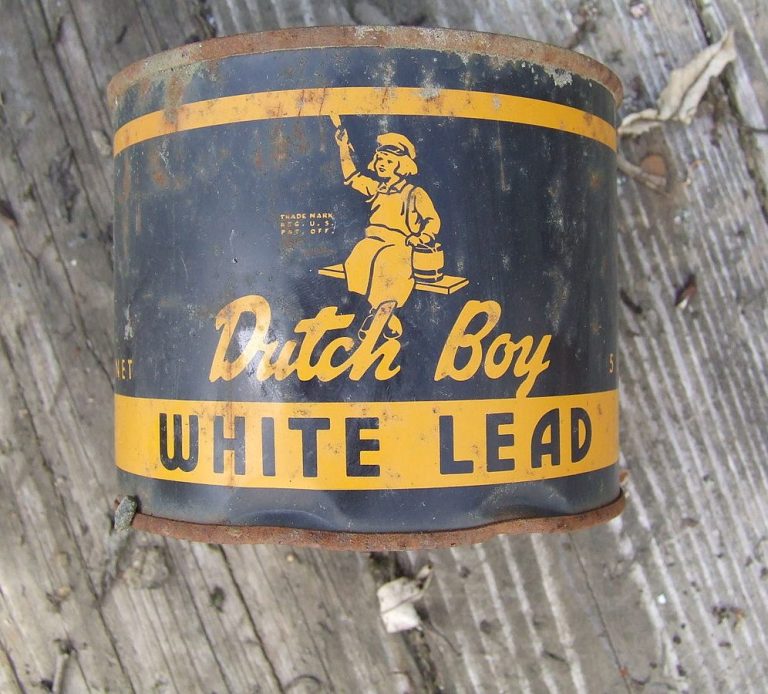Lead Testing
Our company provides lead sampling services in three different forms: Dust Wipe, Physical, and Water. These three forms of lead sampling help in identifying potential lead exposure risks and ensuring safety.

Lead Paint & Water
Lead Based Paint
Lead-based paints were prohibited for residential use in 1978 in the United States. Homes constructed before this year are likely to contain some lead-based paint, which can become hazardous when it peels or cracks, creating lead paint chips and dust. Surfaces covered with lead-based paint that are subject to wear from rubbing or friction, such as windows, doors, floors, porches, stairways, and cabinets, can also produce lead dust. Lead-based paint and lead-contaminated dust are among the most prevalent and dangerous sources of lead exposure for young children in the U.S. An estimated 29 million housing units have lead-based paint hazards, including deteriorated paint and lead-contaminated house dust. Of these, around 2.6 million are homes where young children reside.
Lead in the Water
Over the past two decades, efforts have been made to reduce lead exposure in tap water. These efforts were made in accordance with the 1986 and 1996 amendments to the Safe Drinking Water Act, as well as the Lead and Copper Rule established by the U.S. Environmental Protection Agency (EPA). Despite these measures, lead can still be present in water due to lead service lines connecting homes to the main water line. Even homes without lead service lines may have plumbing fixtures made of brass, chrome-plated brass, galvanized iron, or soldered with lead. Additionally, some drinking water fountains and other plumbing fixtures not meant for drinking water may also contain lead. Lead can enter drinking water through a chemical reaction that occurs in plumbing materials containing lead, a process known as corrosion. This corrosion causes the metal in pipes and fixtures to dissolve or wear away, leading to lead contamination in the water. This reaction is more pronounced in water with high acidity or low mineral content.
©Copyright. All rights reserved.
We need your consent to load the translations
We use a third-party service to translate the website content that may collect data about your activity. Please review the details and accept the service to view the translations.
